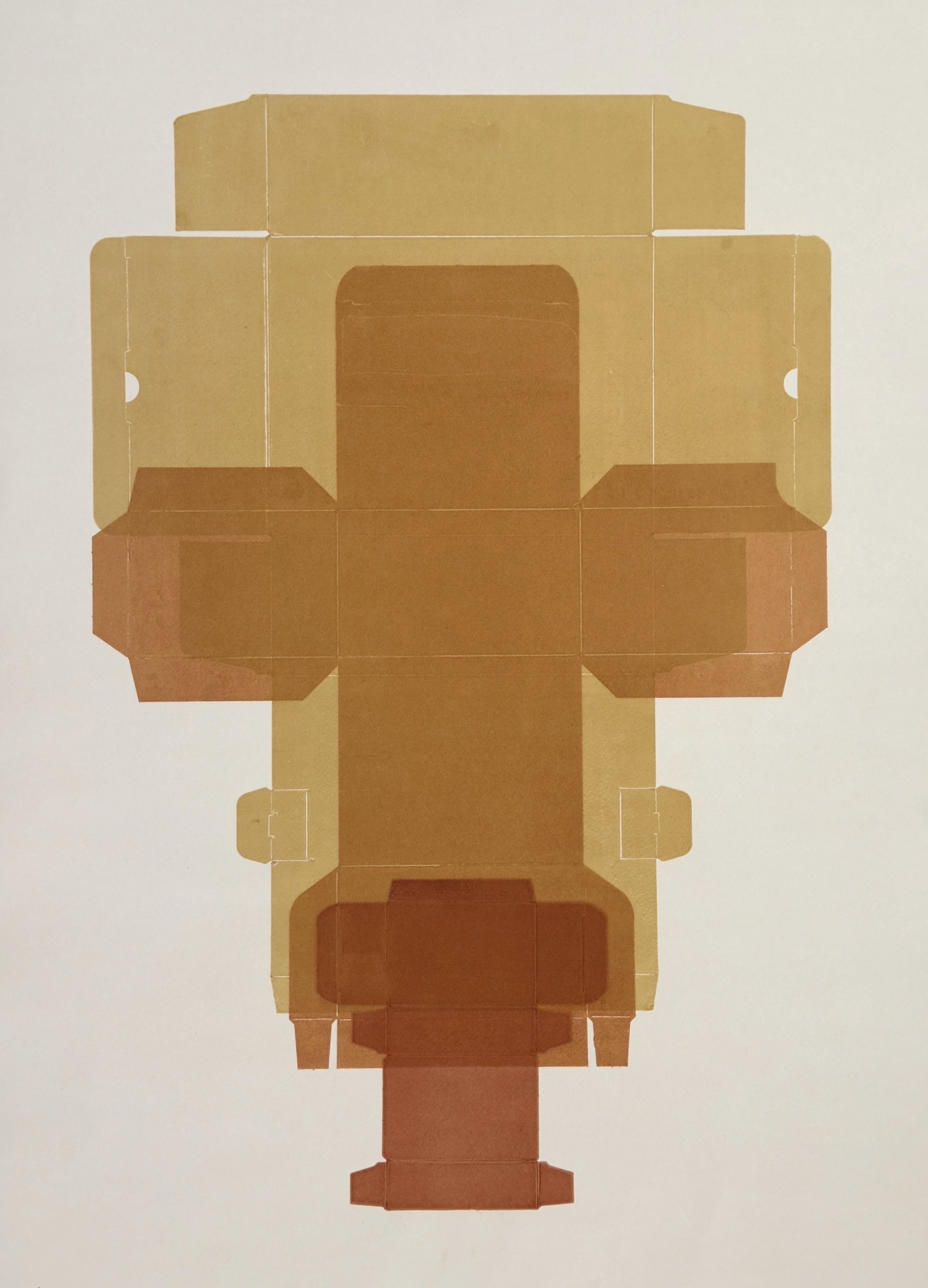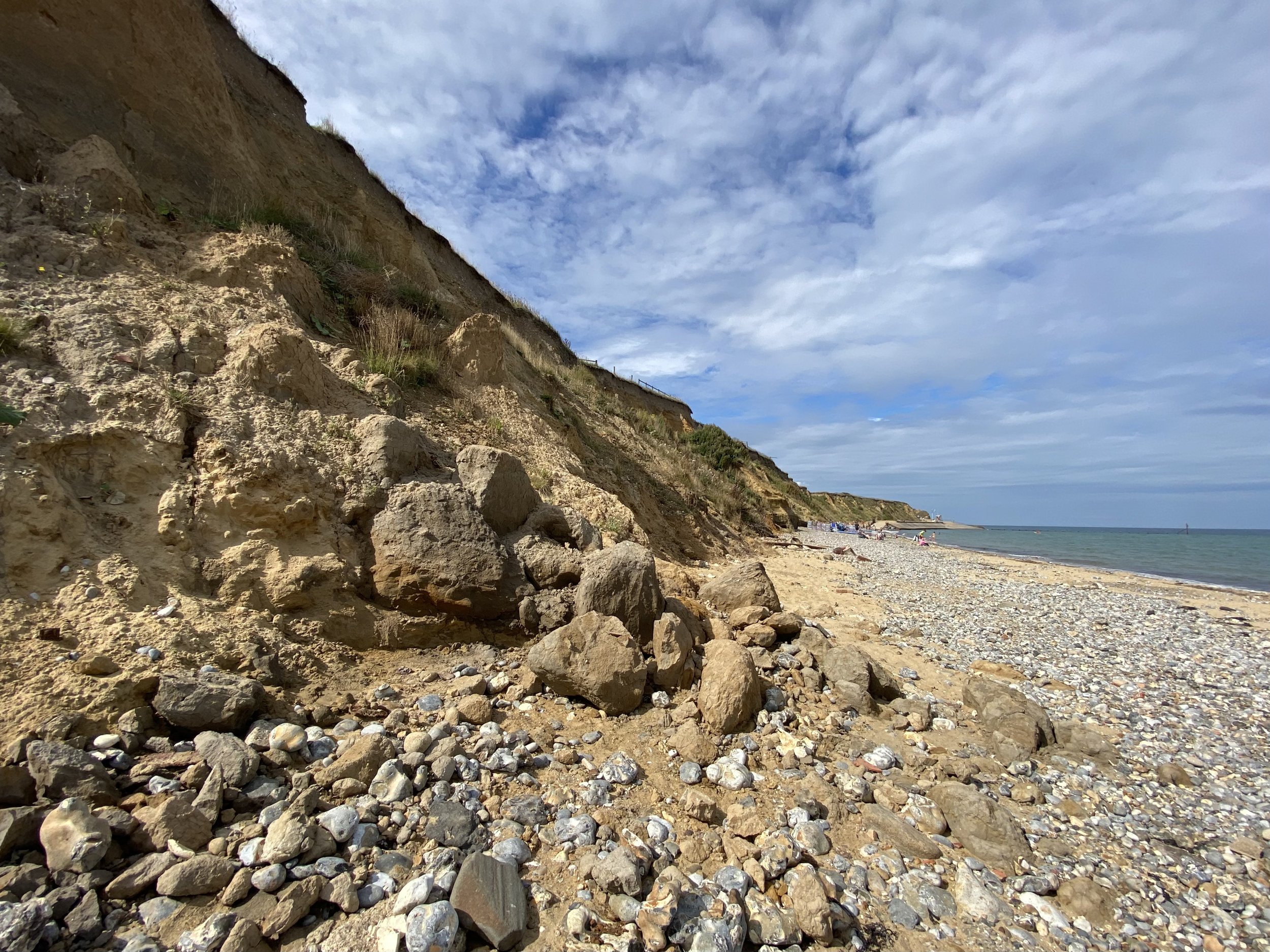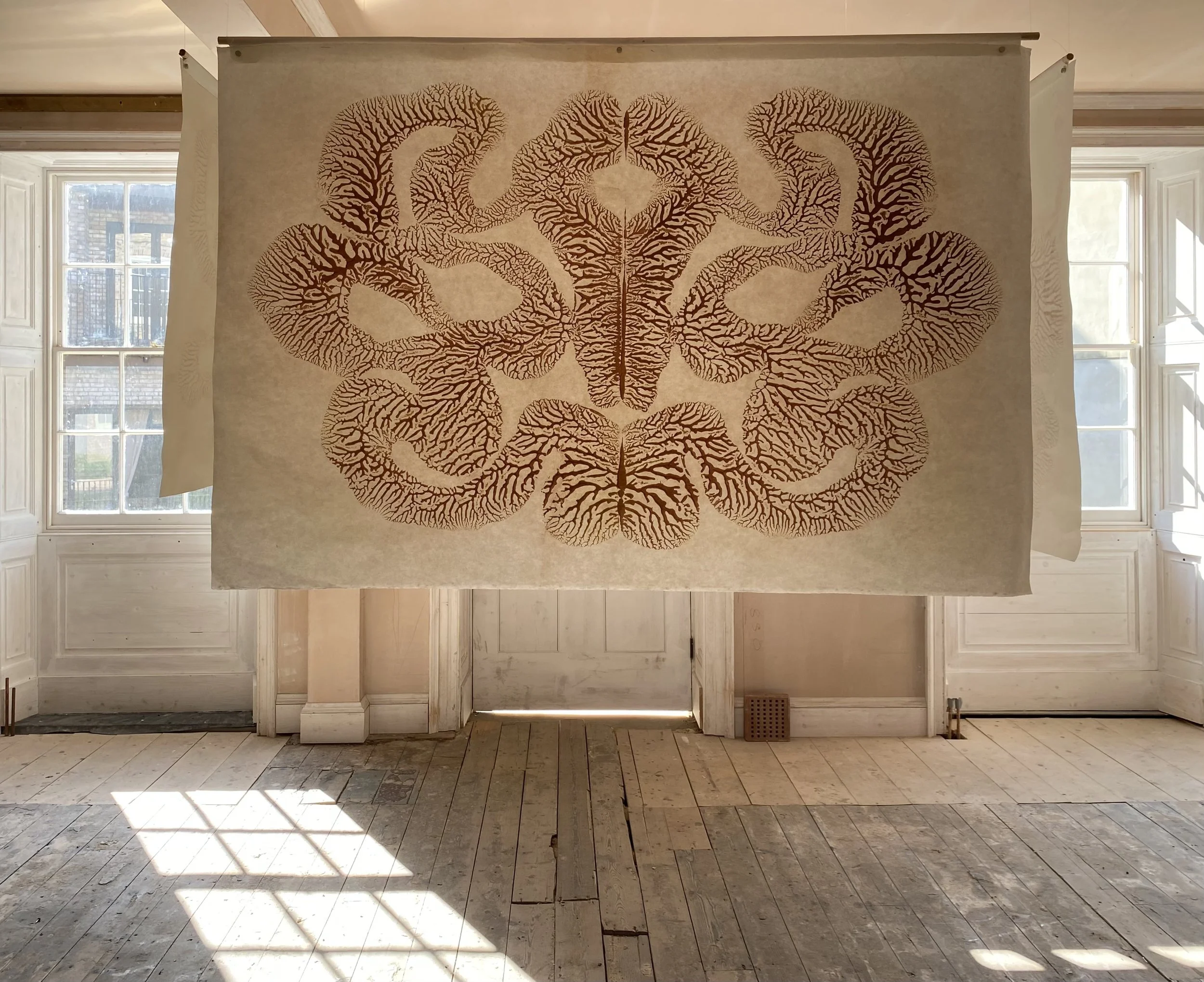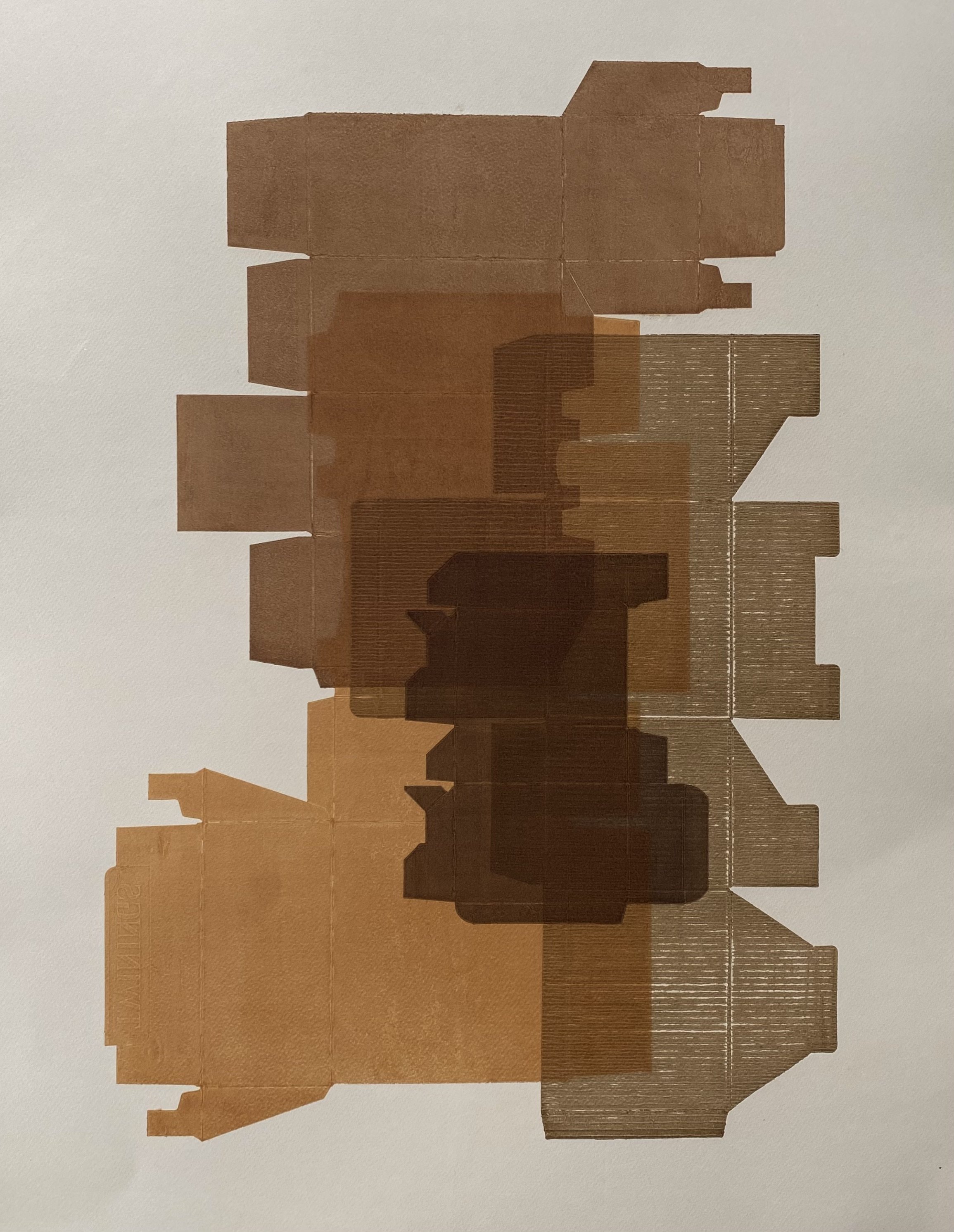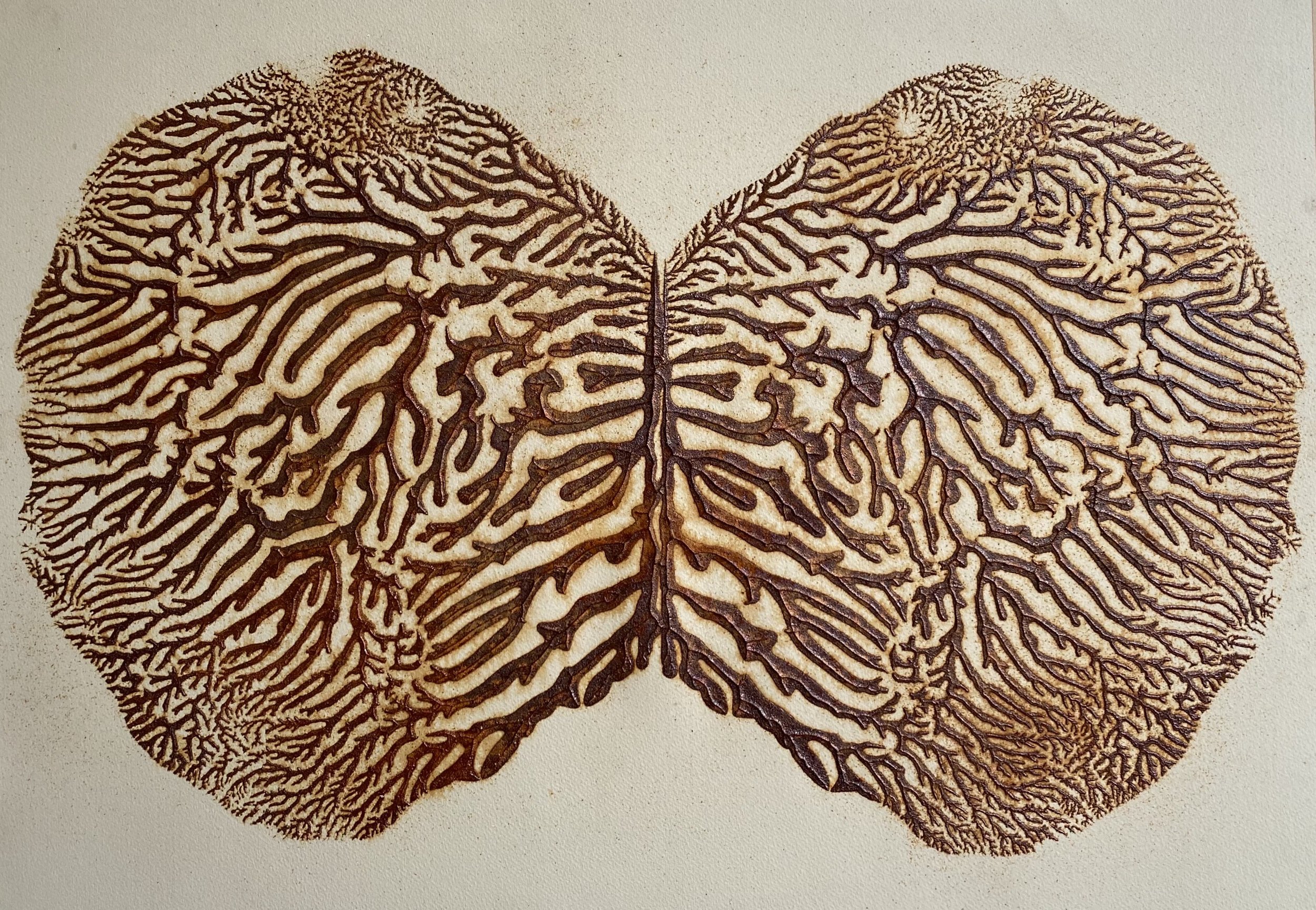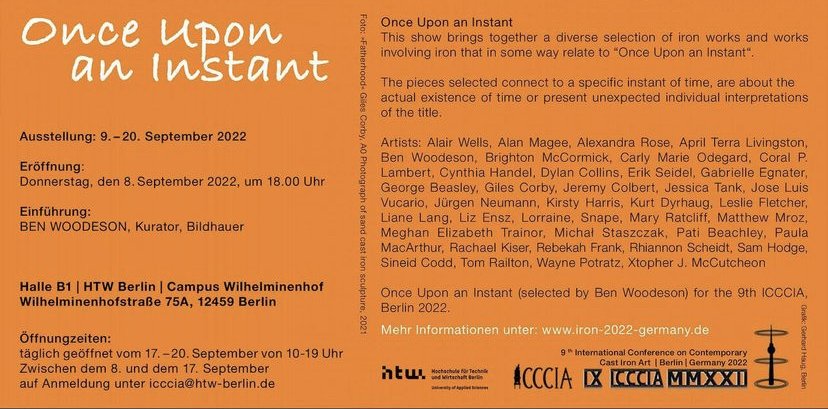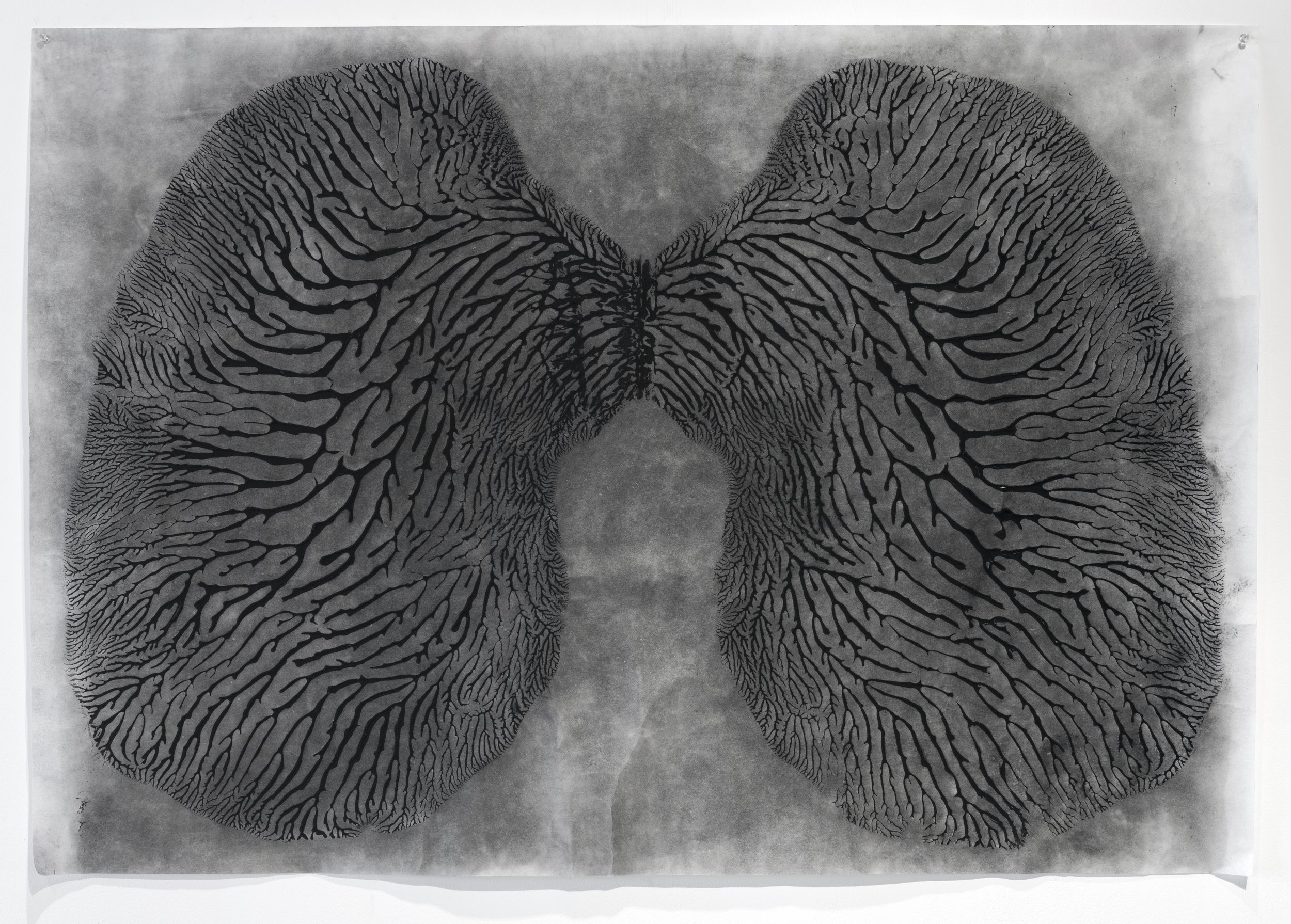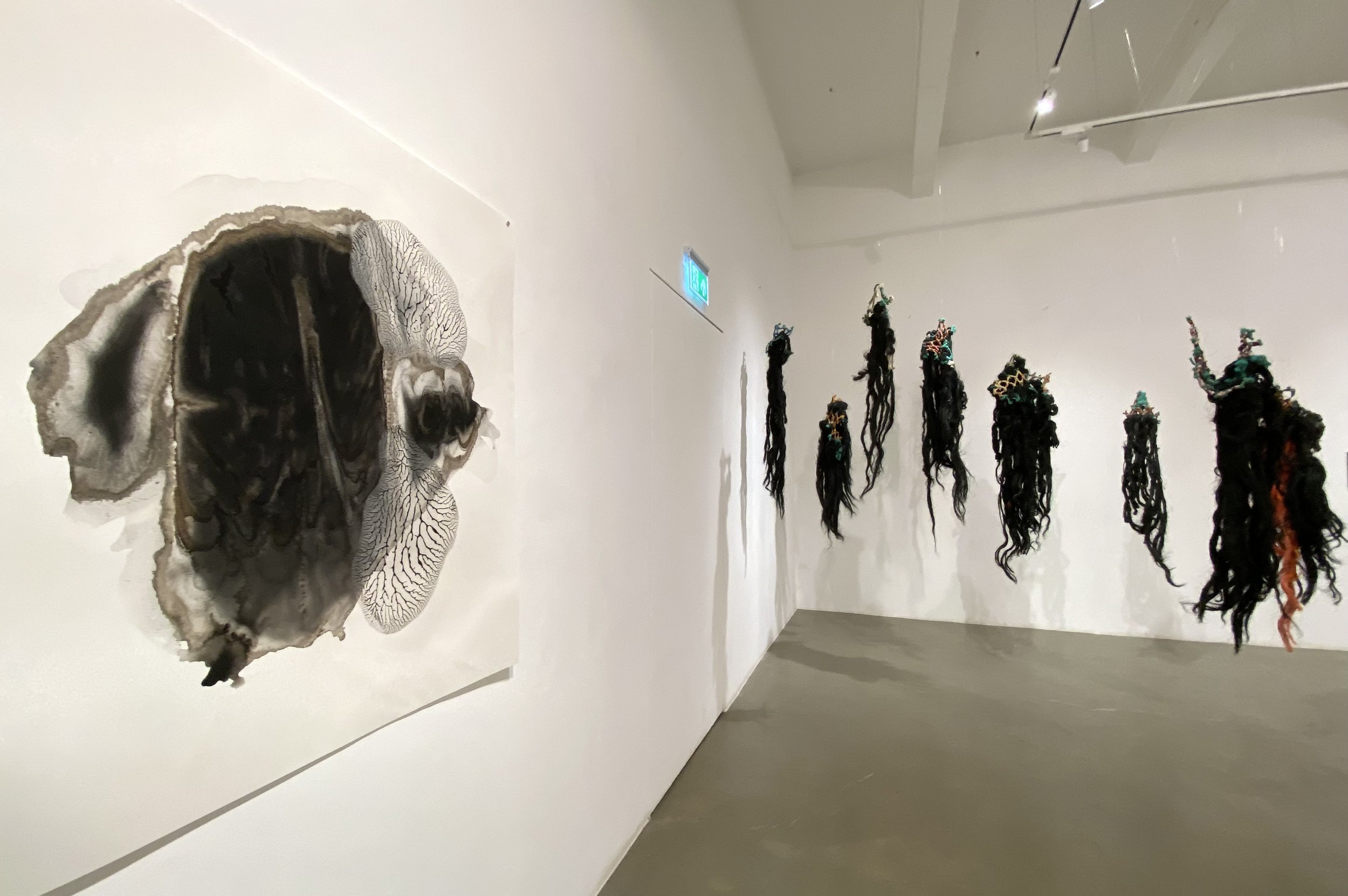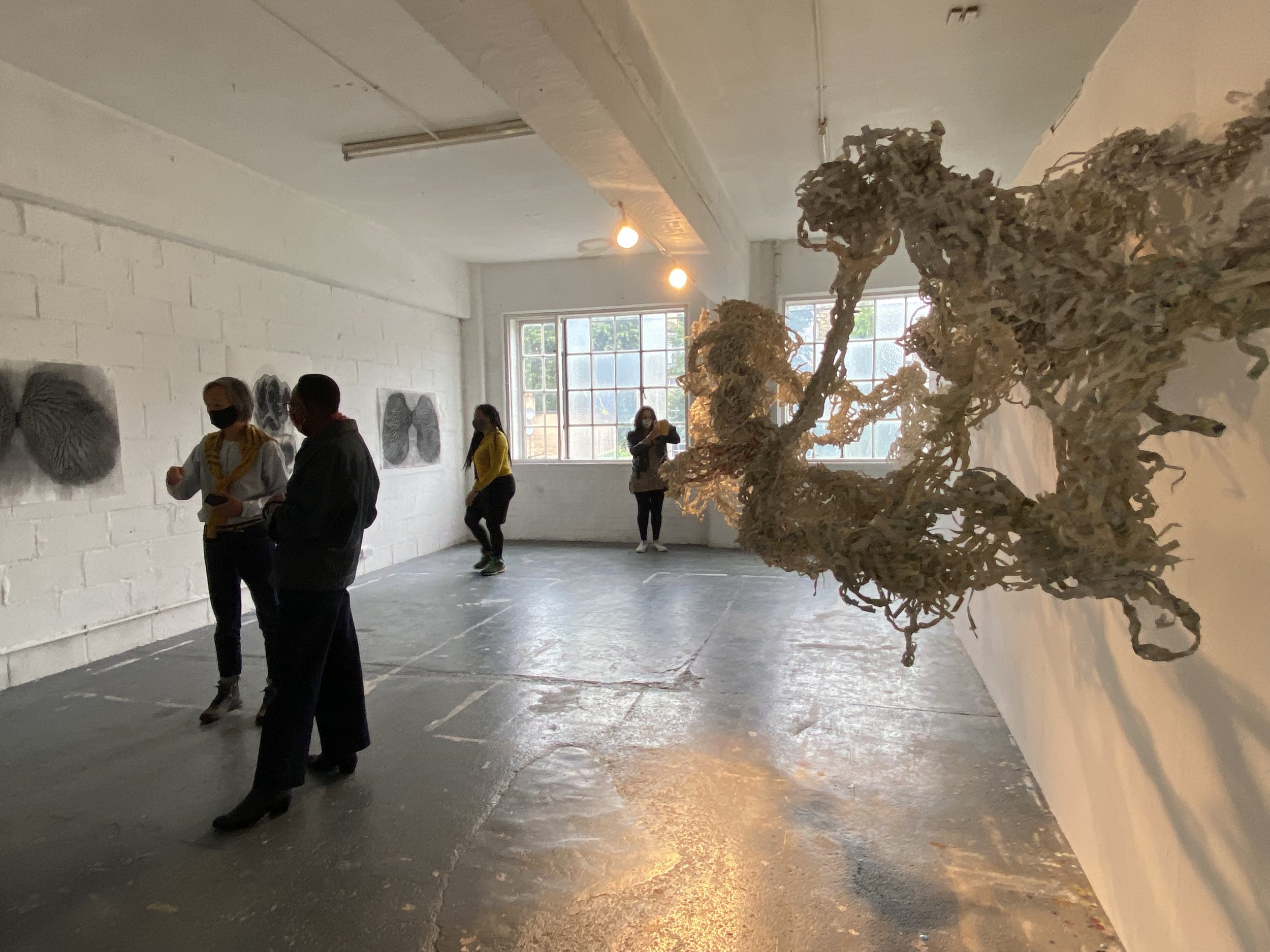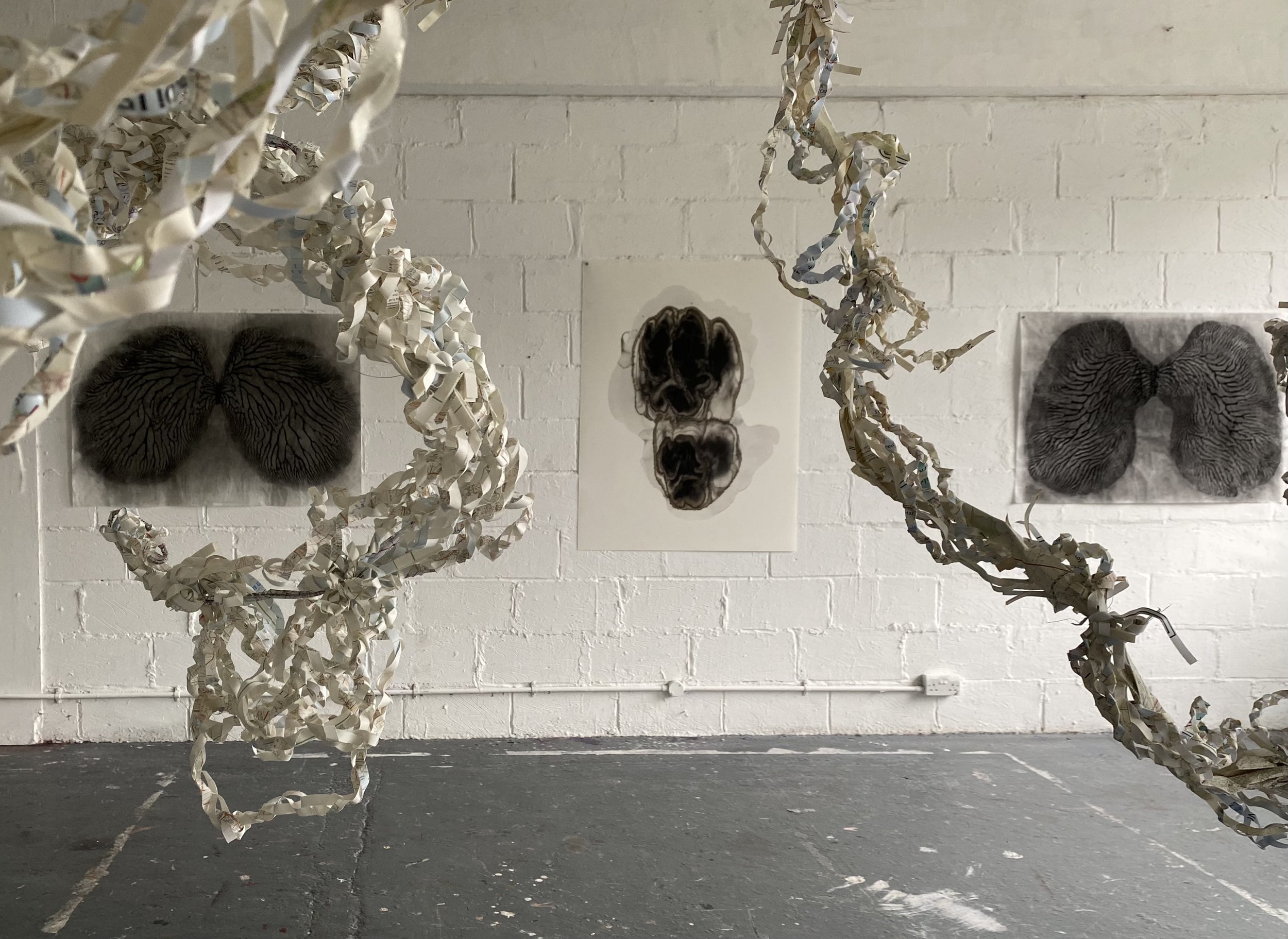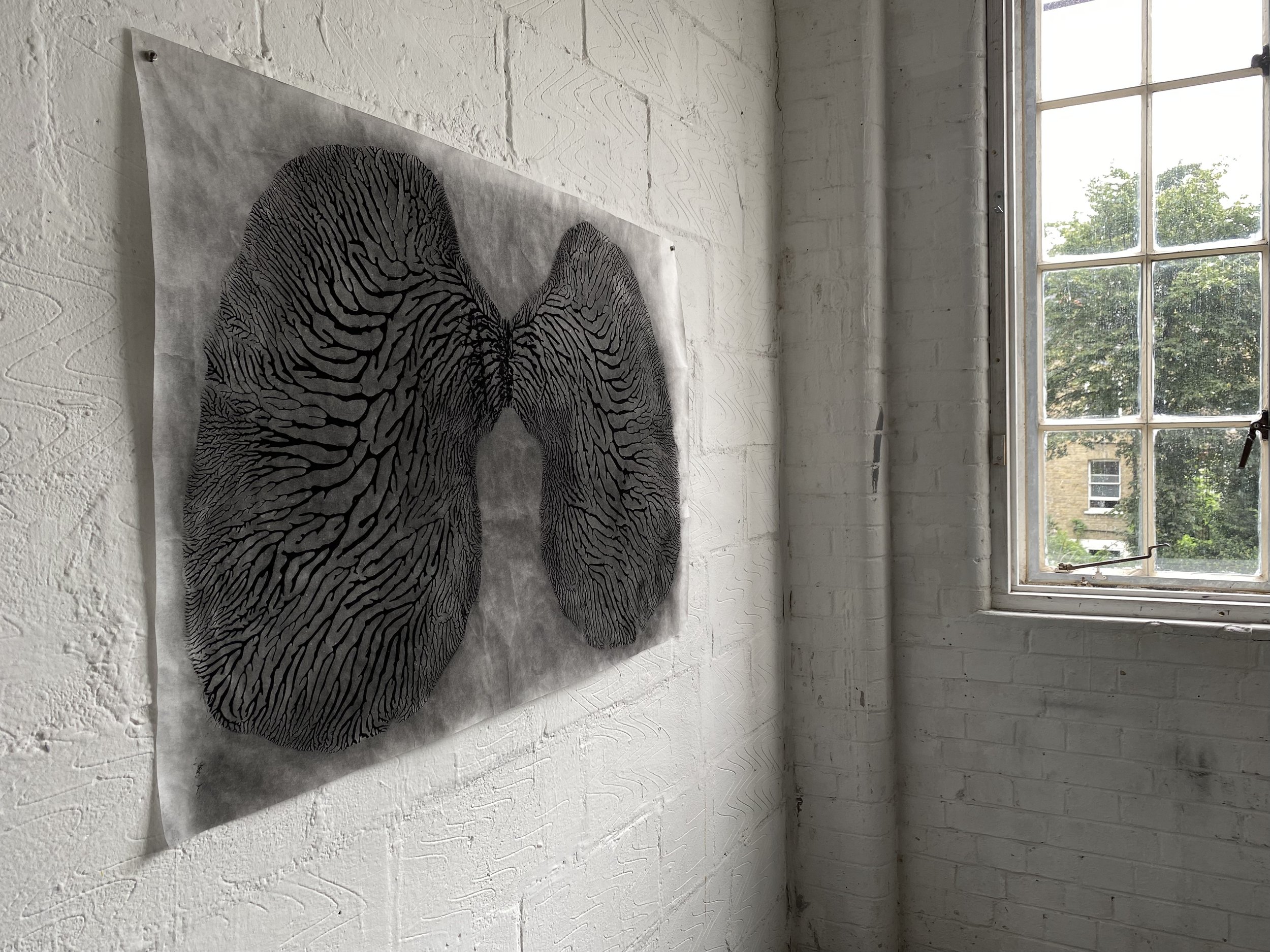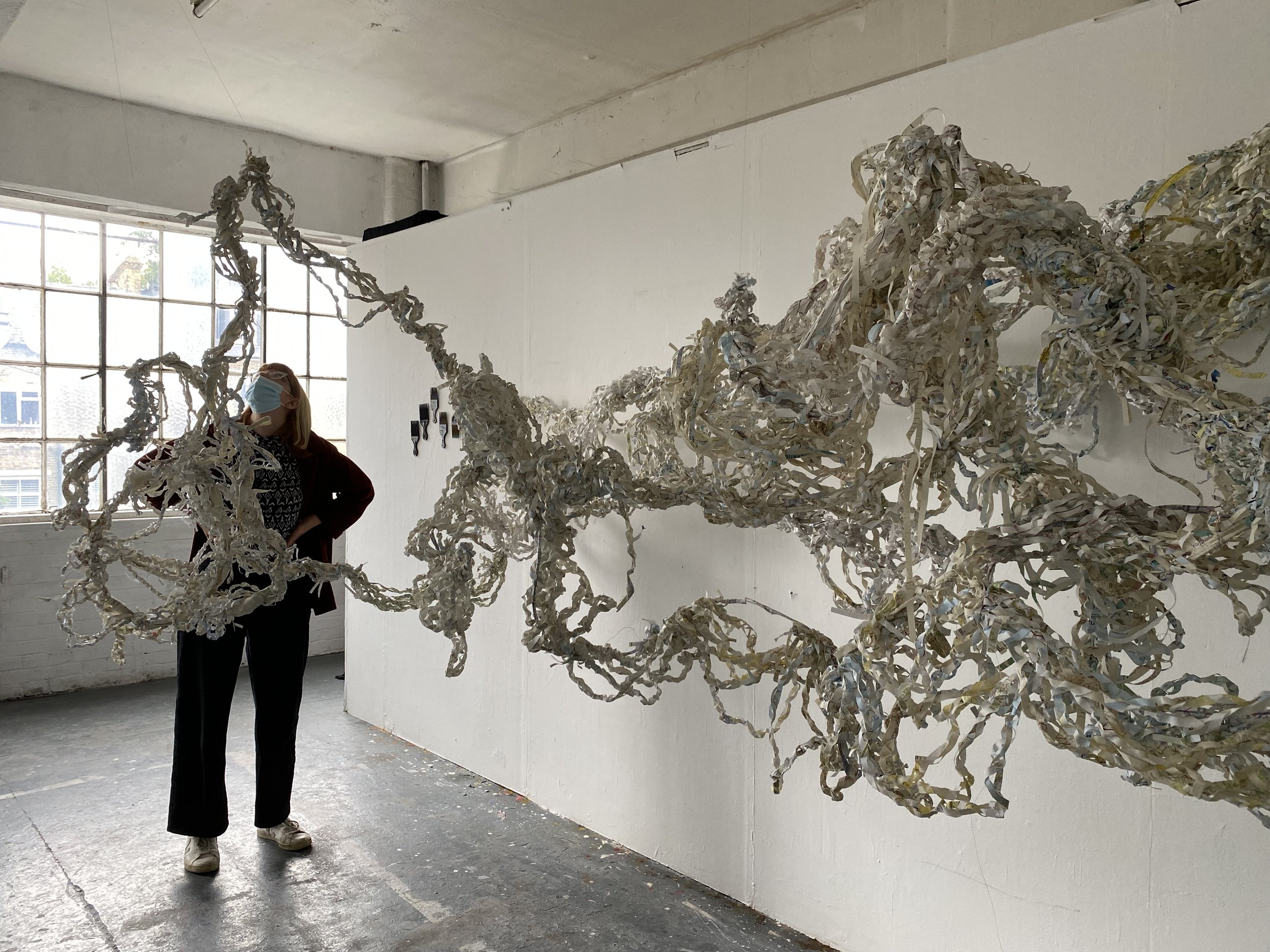I am looking forward to exhibiting some of my prints made from unfolded packaging with a great group of artists in
UPCYCLE
from packaging to art
19 February - 1 March 2025
Private View: Tuesday 18 February, 5.30 - 8pm
Great Pulteney Street Gallery, 36 Great Pulteney Street, London W1F 9NS
Gavin Turk | Leo Fitzmaurice | Marisa Culatto | Russell Herron | Sam Hodge Sarah Pettitt | Shane Bradford | Susan Collis
curated by Paul Carey-Kent
Upcycle is an exhibition that explores the value assigned to materials in contemporary society. Eight artists show work of, from and with the layers of packaging usually discarded once they have disgorged their content.
In Sam Hodge’s and Marisa Culatto’s work, packaging becomes the medium, while Susan Collis and Russell Herron make throwaway materials their lead subject; Gavin Turk and Leo Fitzmaurice turn spent vessels into artefacts. Shane Bradford’s paintings bear titles inspired by overpromising sales slogans, whereas Sarah Pettitt’s abstract constructions are reminders of what is missing.
Presented together they become a playful response to mass production and consumerism, evidence of which abounds at the exhibition's location in Central London.
Unfolding (Define Your Style)
Relief print from unfolded packaging in ink made with earth pigments found on the Devon Coast; edition of 3; 2023; 75 x 54 cm.

